Alien Radio
— learn playing
[ summary ]
Alien Radio is an interactive book designed to introduce kids to the core concepts of electronics by explaining what a transistor does. The book is presented as a toy concept, where the reader is cast as an alien scientist who is trying to decipher low radio signals from outer space. As the reader progresses through the story, they are tasked with building an amplifier circuit.
overview —
[ guided learning ]
The product guides the kid into the storytelling to create a seamless experience.
[ interactive steps ]
The fun part of electronics is building a circuit and we wanted to bring the same experience to kids.
[ project goal ]
Design an interactive object, without using screens, that would help kids understand the building blocks of digital computing, in this case, the transistor. This project was created alongside Massimo Banzi, co-founder of Arduino, technology that powers the toy.
design process —
[ context ]
A transistor is a semiconductor device used to amplify or switch electrical signals and power. It is considered one of the fundamental building blocks of modern electronics, and we believe that children can learn how it functions through a simple and enjoyable example.
[ inspiration ]
The Lectron System was a modular electronic experimentation kit designed by the Braun Brothers to introduce youth to basic electronic circuits and theory. This kit allowed kids to build their circuits by learning what each block (electronic component) was doing.
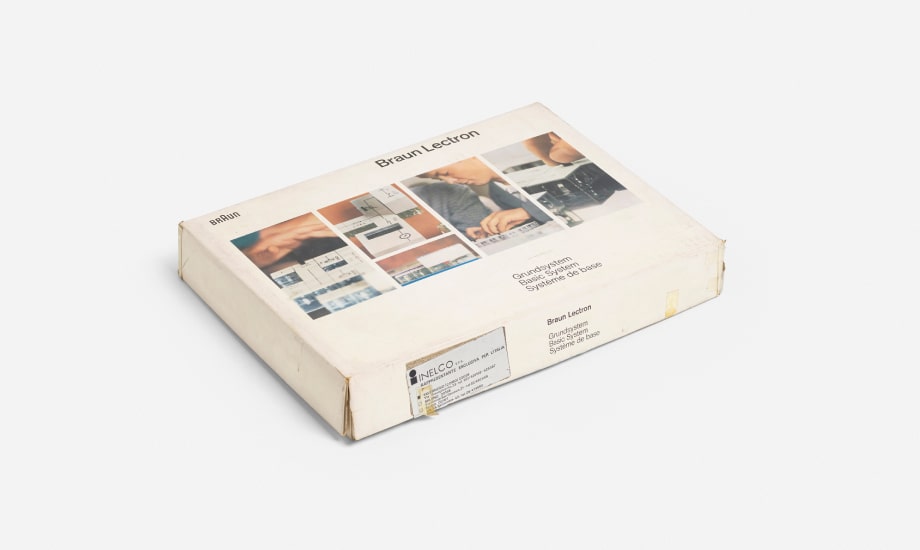
[ brainstorm & storytelling ]
The story was inspired by the humble beginnings of the transistor itself. Transistors were widely used to amplify signals in AM/FM radios. The circuit itself is simple to understand and is a great demonstration of the fundamental mechanism of a transistor.
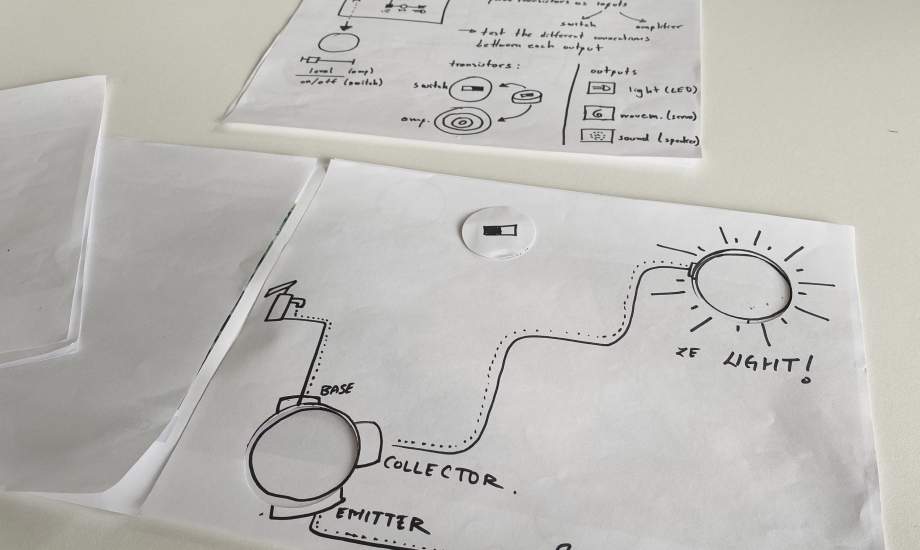
[ paper prototyping ]
The team prototyped several scenarios for the experience and explored placing different elements across the board. These iterations were validated according to the circuit we wanted the kid to build.
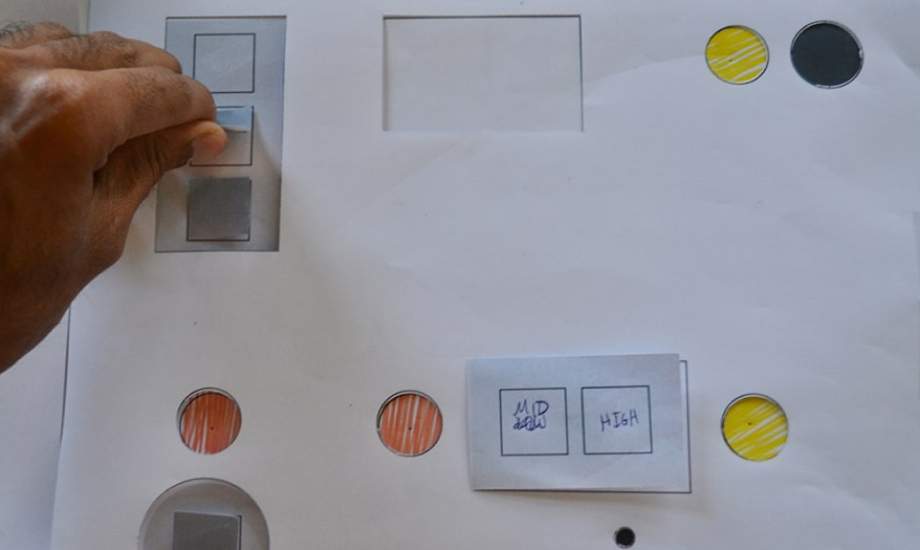
[ electronic prototype ]
The team also prototyped some circuits that could work for the final interactions. We explored several Arduino sensors until we got a simple circuit that could work as the product needed. Our goal here was to avoid further errors when the toy was being used.
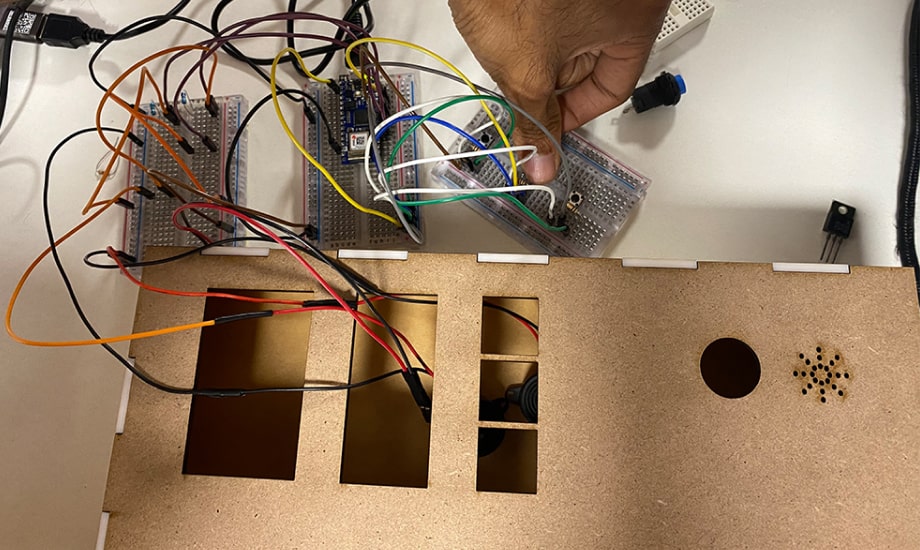
[ circuit building ]
While designing the circuit for the toy, we had to remove all unnecessary cables and simplify the electronic components. We accomplished this by integrating the electronic components into the interactive elements of the toy and creating the final electronics that would be placed inside it.
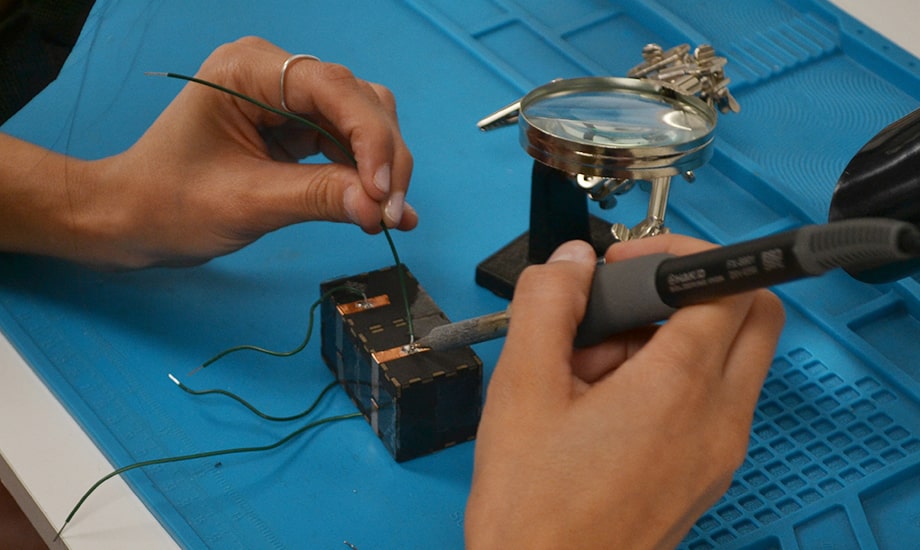
[ final prototype ]
Once the electronics were done, the team designed the physical prototype for the toy. With white acrylic and neon colors, we explored the look & feel of the toy itself, creating a simple and good-looking prototype to enhance the interactive elements of the toy.
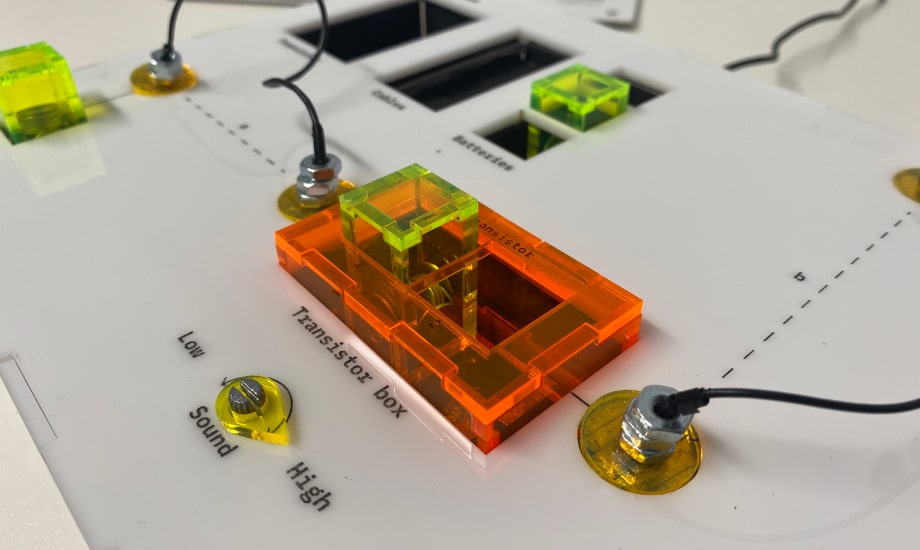
[ final thoughts ]
Arduino involves mastering electronics, programming, and computational thinking. Through this hands-on experience, I learned to translate ideas into tangible creations using sensors, actuators, and code. Troubleshooting becomes integral as challenges arise, fostering resilience and problem-solving skills. Arduino's interdisciplinary nature fosters innovation, bridging the gap between hardware and software enthusiasts.
CIID, Physical Computing — 2022
Jose Avila, Aniruddh Ravipati & Priscilla Garita